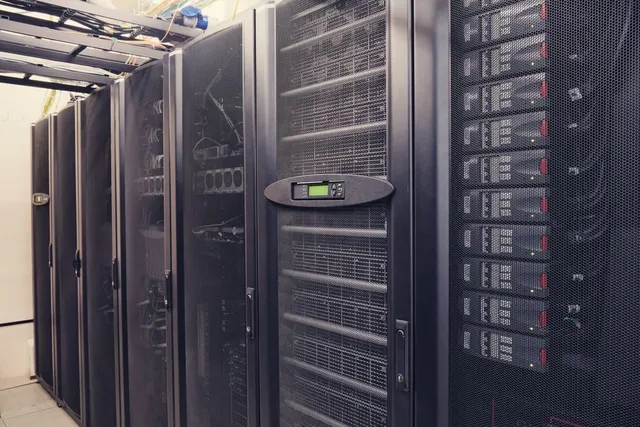Shopping for backup power solutions can feel daunting, especially if you are unsure about the technical details involved. One of the most important steps is UPS battery installation, which ensures that your system runs smoothly when power interruptions occur. A careful approach makes the process simpler, safer, and more cost-effective.
Understanding Your Power Needs
Before purchasing a replacement battery, it is important to evaluate your actual power requirements. A UPS system supports connected devices during outages, so you must select a battery capacity that aligns with the total load. Consider the number of devices, their combined wattage, and the runtime you expect. This helps you avoid overspending on a larger battery than necessary or buying one that cannot support your needs.
Choosing the Right Battery Type
Not all batteries are created equal. The two most common types are sealed lead-acid and lithium-ion. Sealed lead-acid batteries are widely used and tend to be more affordable. They are dependable but heavier and usually require replacement more frequently. Lithium-ion batteries, on the other hand, are lighter, longer lasting, and more efficient, though they generally cost more. Understanding these differences helps you make an informed purchase without falling into the trap of choosing solely on price.
Checking Compatibility with Your UPS
Compatibility is critical when shopping for a replacement battery. Even if two batteries share similar capacity ratings, they may not fit properly in your unit or may fail to communicate correctly with the system. Always check the voltage, connector type, and dimensions. Reading product specifications carefully can save you the frustration of having to return a mismatched item.
Verifying Safety Standards
Battery safety is a non-negotiable aspect of installation. Reliable options come with certifications and meet established safety standards. Look for compliance labels and ensure the product has undergone rigorous quality testing. This reduces risks such as overheating, leakage, or poor performance. Investing in a battery with recognised safety assurances provides peace of mind and long-term value.
Considering Ease of Installation
A practical shopping guide must also address installation. Many batteries are designed for straightforward plug-and-play use, requiring only basic tools. Check if the product includes instructions, connectors, or protective covers. If you are not confident handling electrical components, select a battery that is specifically promoted as user-friendly. In some cases, it may be worth factoring in professional installation costs into your shopping budget.
Comparing Value Beyond Price
While price is always a factor, value should be the true focus. A battery that is cheaper upfront may not last as long or could deliver inconsistent performance. Instead, weigh lifespan, warranty terms, and performance reliability. A product with a solid guarantee and a proven track record often saves more money over time compared to budget alternatives that need frequent replacement.
Evaluating Seller Reliability
Where you shop matters as much as what you buy. Always purchase from reputable sellers who provide clear product details, transparent policies, and reliable customer support. A trustworthy seller ensures that returns, exchanges, and warranty claims are handled smoothly if required. Checking reviews and ratings before making a purchase can highlight potential red flags.
Preparing for Installation
Once you have chosen your battery, preparation is key. Before beginning installation, ensure the UPS is powered down and disconnected from the mains. Read through the instructions and keep necessary tools ready. Take note of how the old battery is positioned and connected before removal. This makes it easier to replicate the setup with the new unit.
Testing After Installation
After completing the installation, do not assume everything is ready without testing. Reconnect the UPS to the mains, allow the battery to charge fully, and run a self-test. This ensures the system is working correctly and confirms that the new battery is providing reliable backup power. Regular maintenance checks also extend its life and performance.
Long-Term Shopping Wisdom
Smart shopping is not about a one-time purchase but about setting up for long-term reliability. By understanding your needs, choosing the right battery type, prioritising safety, and buying from dependable sellers, you ensure hassle-free power backup. Future replacements become easier once you are familiar with the process and know what to look for.
Final Thoughts
UPS battery installation can be made simple with the right preparation and shopping approach. By focusing on compatibility, safety, value, and ease of use, you can shop confidently and enjoy uninterrupted protection for your devices. Careful selection today ensures reliable performance tomorrow, keeping your essential equipment powered during unexpected outages.




